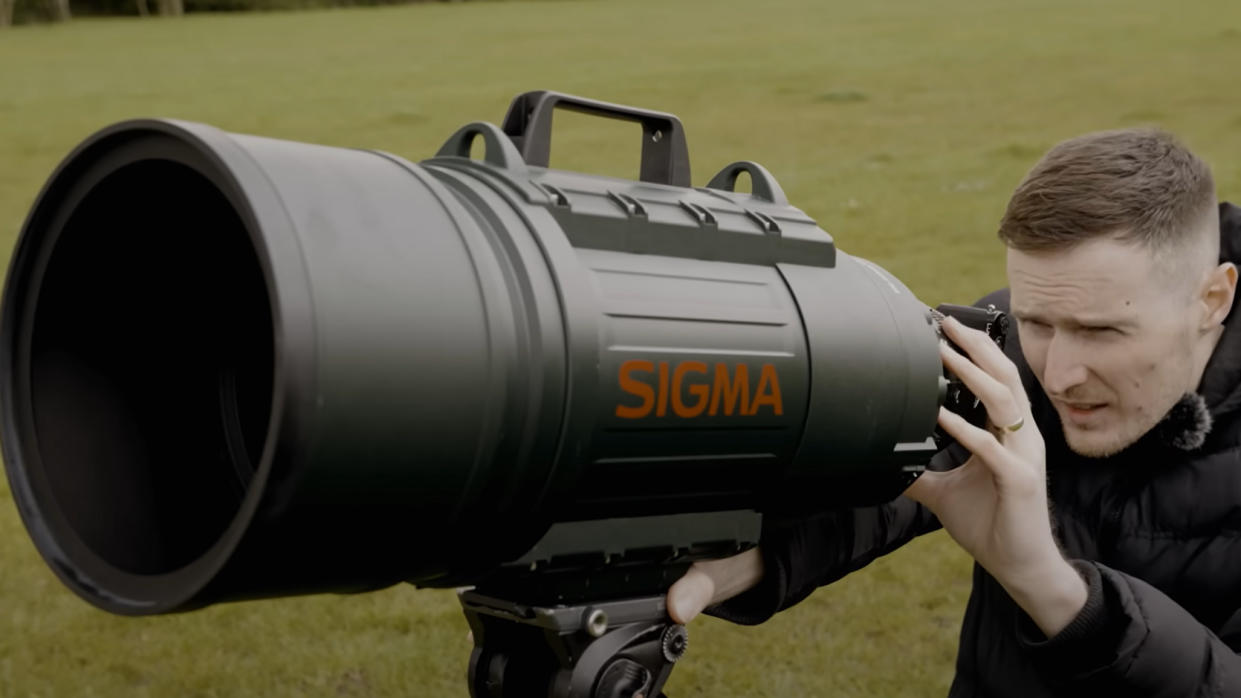Little + Bigma — “I had a feeling this might be something people would be curious to see”

Photography enthusiasts will have heard the sad, yet potentially not overdue, news recently about the discontinuation of the Sigma APO 200-500mm f/2.8 EX DG, also affectionately known as 'The Bigma’.
Launched back in 2008, the gigantic lens weighs in at 15.7kg / 34.6lb, with a 200mm+ diameter for the majority of the barrel. With its dark green paint job, it looks more like a piece of military equipment than a camera accessory.
At a whopping $26,000 (£20,450), only a limited few have ever seen this lens in action, so imagine our surprise when photographer Tom Calton decided to attach 'The Bigma’ to the tiny Panasonic Lumix GM1.
The Sigma lens was sold in Canon EF, Nikon F, and Sigma SA mounts. The Lumix is a Micro Four Thirds camera, so using a Metabones speed booster to connect the camera to the lens allowed the camera to maintain full autofocus functionality, and we spoke to him about the process and, more importantly, the results.
“I’ve made videos about 'The Bigma’ in the past and they’ve always drawn an audience, mainly because it’s absolutely ginormous, but also because it’s a pretty rare lens,” Calton told Digital Camera World, “I had a feeling this might be something people would be curious to see.”
As well as its unique size, the Sigma APO 200-500mm f/2.8 EX DG was the first telephoto zoom lens to provide an aperture of F2.8 at the 500mm focal length.
The lens is so large it even needs its own battery-powered motor to control the zoom and autofocus, which sounds like a small plane taking off when in use.
What started off as a fun experiment actually produced some pretty nice results.
“Shooting at 500mm with an aperture of f/2.8 gives a pretty unique look to your images and it's certainly something I like,” said Calton, “However, trying to focus was an absolute nightmare as all of the tech involved is pretty old now and also not really designed to be used in combination, so I came away with way more out of focus shots than I did sharp ones. But that's all part of the challenge I guess!”


Check out our guide to the best portrait lenses on the market that you can actually pick up.
If your looking for the best micro four thirds cameras, or the best compact cameras, we've also got you covered.

